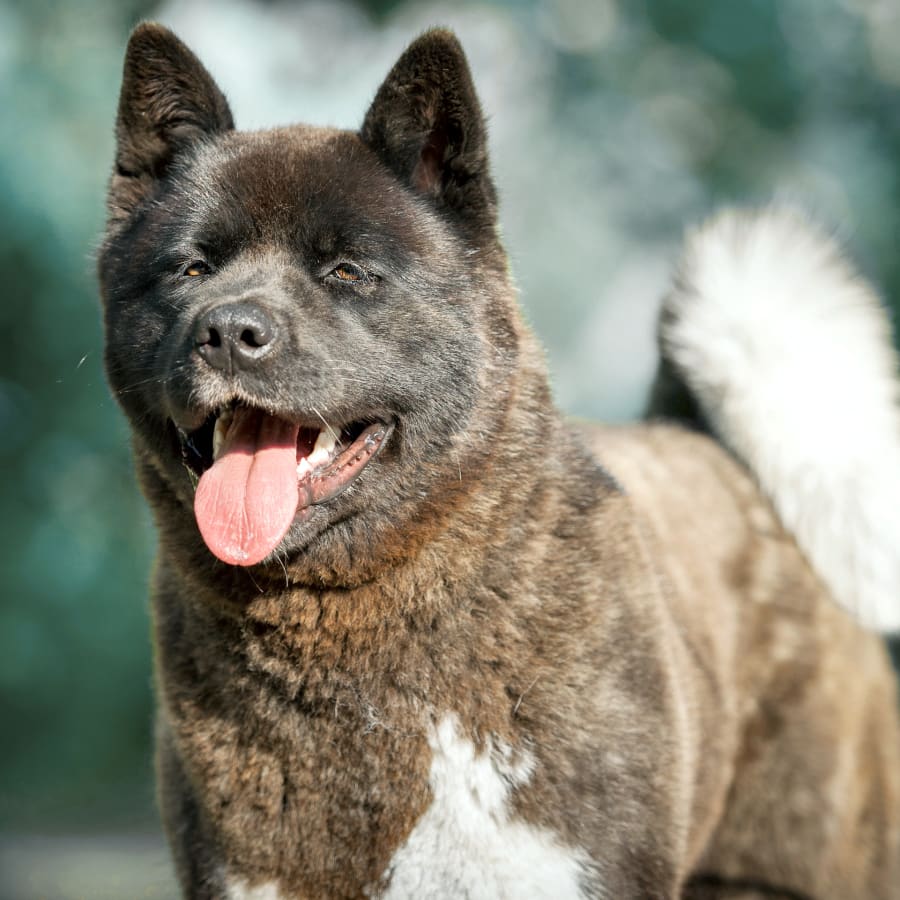Alleviating Pain & Improving Mobility
‘Prolo’ is short for proliferation, which means to cause growth or formation. Our veterinarians in Burlington and Bellingham may recommend this non-surgical ligament reconstruction to help regrow damaged connective tissue, repair weak or torn tendons, and relieve chronic pain.
Prolotherapy has often been used to help strengthen vulnerable ligaments and reduce the risk of future tears and injuries for elite human athletes. Clinical studies of prolotherapy for dogs and cats have yielded similar positive responses, including improved mobility and reduced pain. In turn, this may enhance your pet’s quality of life.

Managing Musculoskeletal Pain & Repairing Injuries
Prolotherapy can help repair torn joint ligaments, particularly the cranial cruciate ligament. It can also be used to effectively manage chronic osteoarthritis, intervertebral disc disease, degenerative joint disease and chronic neck and back pain.
Prolotherapy often decreases the need for lifelong pain medications, prevents early euthanasia, and helps cats and dogs with other health conditions feel more comfortable.
How Prolotherapy Works
Your veterinarian will inject a solution, usually with dextrose or other natural compounds, into ligaments and joints that are damaged or torn.
This injection stimulates the body's natural healing process by causing a controlled inflammatory response, which promotes the growth of new collagen, and strengthens the surrounding supportive tissues.
In certain situations, regenerative injection therapy (RIT) may involve using platelet-rich plasma (PRP) and intraarticular ozone (prolozone), especially for severe conditions.
Prolotherapy can be highly advantageous, helping extend the lives of older animals or those with other medical issues where surgery isn't an option.
However, it's important to note that this medical procedure may not be suitable for every animal. A comprehensive examination is necessary to determine if prolotherapy is appropriate for your pet.
FAQs About Prolotherapy
Here are some frequently asked questions our vets have received about prolothreapy at Chuckanut Valley Vet Clinic and Chuckanut Feline Center. If you have further questions or concerns about this treatment, please feel free to contact us.
- What qualifications should my vet have to administer prolotherapy? To effectively administer prolotherapy, one must thoroughly understand anatomy to prevent any harm to the joint and nearby tissues.
- Which animals should not have prolotherapy?
Prolotherapy is not a substitute for surgery as not all animals are candidates for this type of medical procedure, in particular large-giant breeds (greater than 85 lbs), young, active dogs with cranial cruciate tears where exercise restriction is a concern, those that are obese or overweight and in those with bilateral cranial cruciate rupture.
Your veterinarian can evaluate your cat or dog to determine if prolotherapy treatment is appropriate for your pet's condition and current health status.
- Will my pet need to be sedated for this treatment?
Prolotherapy treatments can be uncomfortable and many animals require sedation to perform it. The use of short-acting, reversible sedation is often used in these cases.
- Is this treatment painful?
Post-procedure pain is variable, and if pain is significant, a pain medication analgesic may be prescribed. No anti-inflammatory drugs can be given as it interferes with treatment response.
- Will my pet need to be hospitalized after a prolotherapy session?
Unlike surgery, prolotherapy treatments can be performed in a veterinarian's office on an outpatient basis.
- Is prolotherapy a standalone treatment or can it be used in combination with other treatments?
Prolotherapy can be used as a standalone treatment or in conjunction with other therapies and rehabilitation exercises, depending on the condition.
